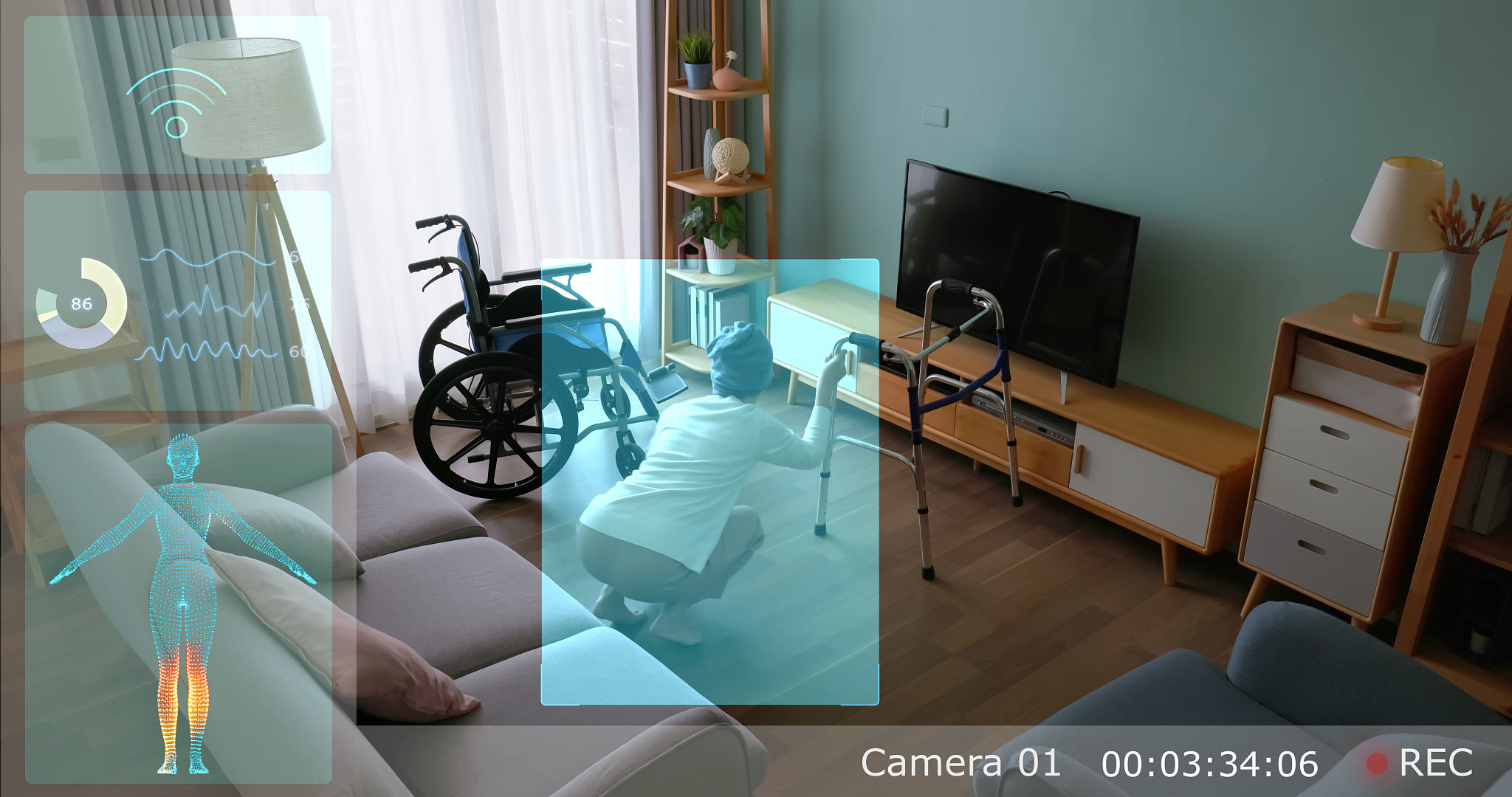Understanding the Role of Automation in Cost-Effective Medical Staffing
Introduction to Automation in Medical Staffing
In the rapidly evolving healthcare industry, the need for efficient and cost-effective staffing solutions has never been more critical. Amidst the challenges of fluctuating patient demands and workforce shortages, automation emerges as a powerful tool. By streamlining processes and optimizing resource allocation, automation helps healthcare facilities maintain high-quality patient care while controlling costs.
Automation in medical staffing involves the use of technology to manage workforce-related tasks. These tasks range from scheduling and payroll to recruitment and compliance tracking. By automating these functions, healthcare providers can minimize administrative burdens and focus more on patient care.

The Benefits of Automating Medical Staffing
One of the key advantages of automation in medical staffing is cost reduction. Automating routine tasks reduces the need for manual intervention, thereby decreasing labor costs. Moreover, it minimizes errors associated with manual data entry, which can lead to costly mistakes in payroll and scheduling.
Additionally, automation enhances efficiency by streamlining processes. Automated systems can quickly adjust staffing levels based on real-time patient data, ensuring that the right number of staff is available at any given time. This adaptability not only improves operational efficiency but also enhances patient satisfaction by reducing wait times and improving service quality.

Improving Compliance and Reducing Turnover
Compliance with healthcare regulations is a significant concern for medical facilities. Automated systems help ensure compliance by maintaining accurate records and providing timely updates on regulatory changes. This proactive approach reduces the risk of penalties and enhances the facility's reputation.
Furthermore, automation can significantly reduce staff turnover by improving job satisfaction. When administrative burdens are lessened through automation, medical professionals can focus on their core responsibilities, leading to a more fulfilling work environment. This focus on employee satisfaction can ultimately reduce turnover rates, saving organizations time and money on recruitment and training.

Implementing Automation in Healthcare Settings
Integrating automation into medical staffing requires careful planning and execution. Healthcare providers must first identify the specific areas where automation can have the most impact. Common areas include scheduling, time tracking, and credential verification.
Once these areas are identified, the next step is choosing the right technology solutions that align with the organization's goals and budget. It's essential to involve key stakeholders in this process to ensure smooth implementation and buy-in from all parties involved.
Overcoming Challenges
While automation offers numerous benefits, it also presents certain challenges. One common concern is the potential loss of jobs due to automation. However, rather than replacing human workers, automation should be viewed as a tool that supports them by taking over repetitive tasks.
Training staff to work alongside automated systems is crucial for overcoming resistance to change. Providing comprehensive training ensures that employees are comfortable with new technologies and understand how these tools can enhance their roles.

The Future of Medical Staffing with Automation
The future of medical staffing lies in a harmonious blend of human expertise and technological innovation. As automation continues to evolve, it will offer even more sophisticated solutions to address the complexities of healthcare staffing.
By embracing automation, healthcare facilities can create a more adaptable and resilient workforce prepared to meet the demands of an ever-changing industry landscape. Ultimately, this approach will lead to improved patient outcomes and a more sustainable healthcare system.
